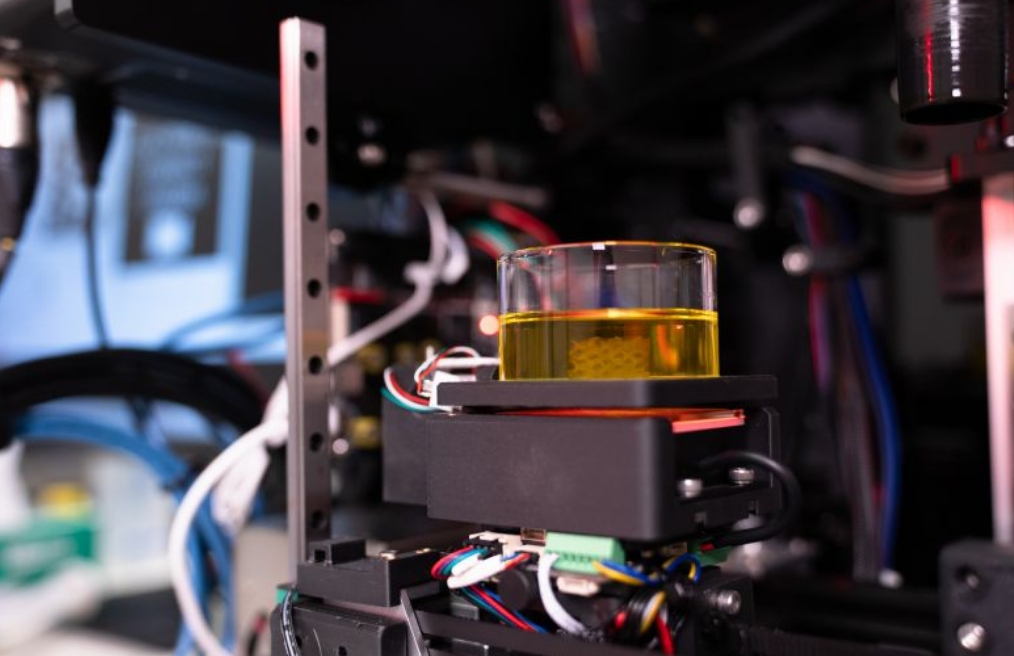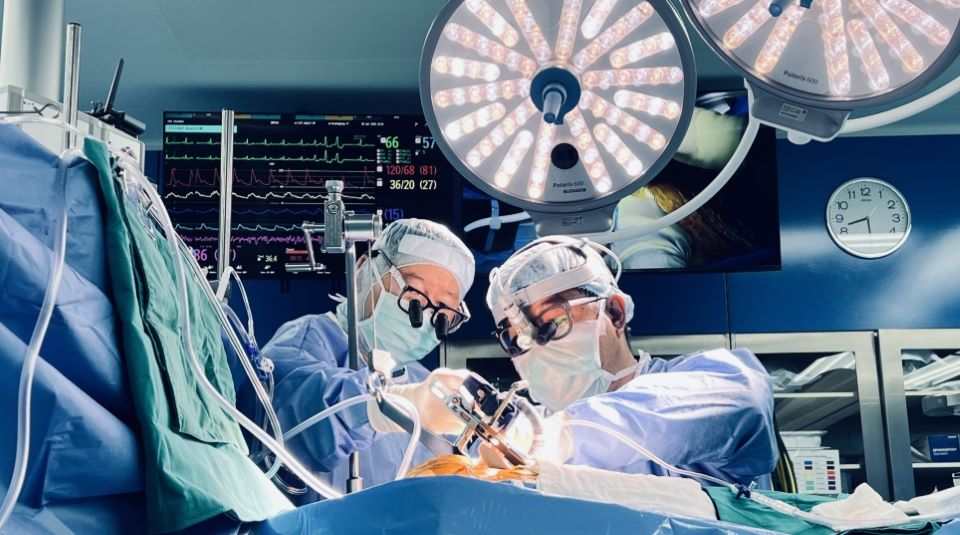
Biomedical engineers from the University of Melbourne, Australia have invented a 3D printing system, or bioprinter, capable of fabricating structures that closely mimic the diverse tissues in the human body, from soft brain tissue to harder materials like cartilage and bone.
This cutting-edge technology offers cancer researchers an advanced tool for replicating specific organs and tissues, significantly improving the potential to predict and develop new pharmaceutical therapies. This would pave the way for more advanced and ethical drug discovery by reducing the need for animal testing.
Most commercially available 3D bioprinters rely on a slow, layer-by-layer fabrication approach, which presents several challenges. This method can take hours to finish, jeopardising the viability of living cells during the printing process. Additionally, once printed, the cell structures must be carefully transferred into standard laboratory plates for analysis and imaging—a delicate step that risks compromising the integrity of these fragile structures.
The University of Melbourne research team has flipped the current process on its head by developing a sophisticated optical-based system, replacing the need for a layer-by-layer approach.
The innovative technique uses vibrating bubbles to 3D print cellular structures in just a matter of seconds, which is around 350 times faster than traditional methods and enables researchers to accurately replicate human tissues with cellular resolution.
By dramatically reducing the 3D printing time and printing directly into standard lab plates, the team has been able to significantly increase the cell survival rate, whilst eliminating the need for physical handling. Ensuring the printed structures remain intact and sterile throughout the process.




